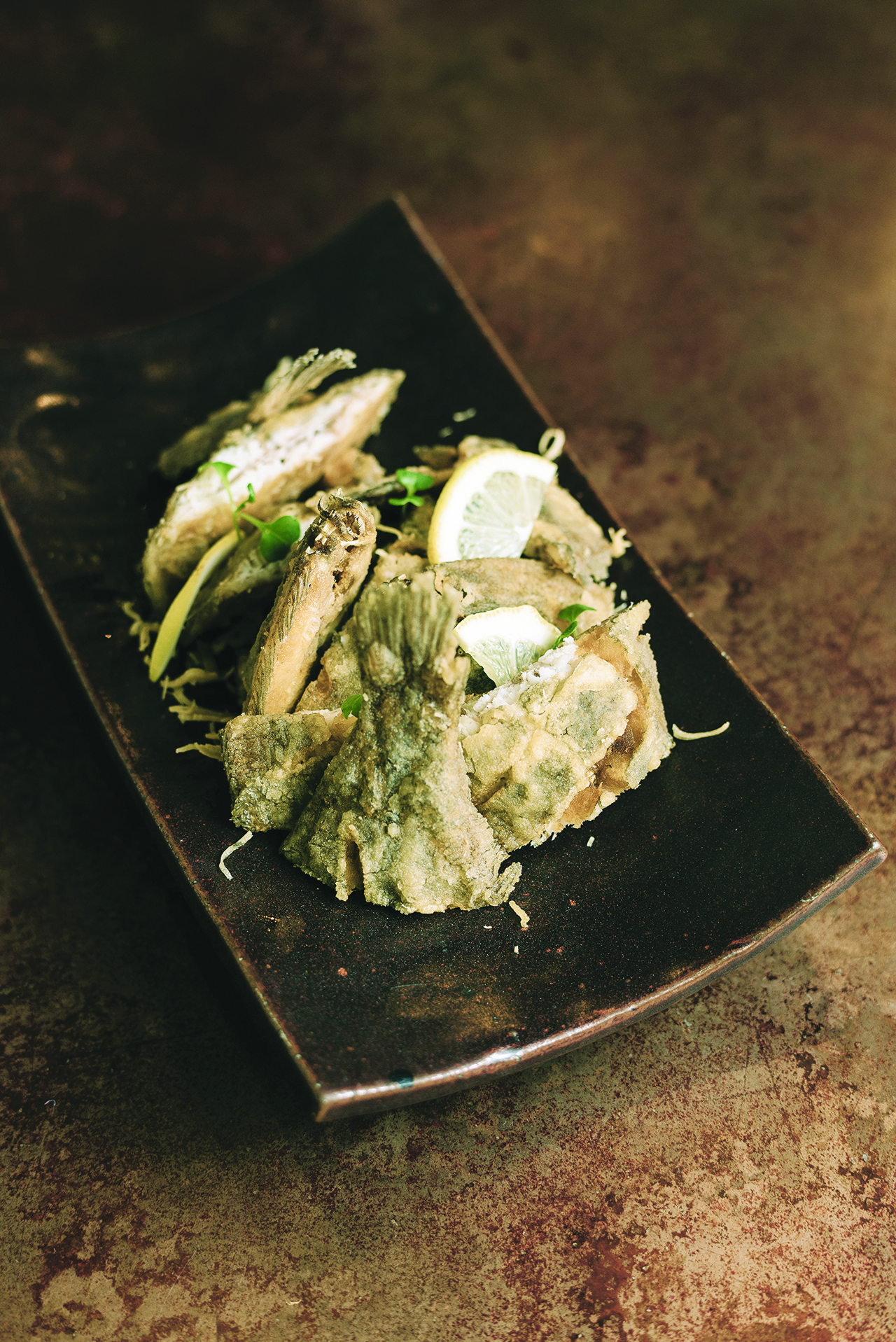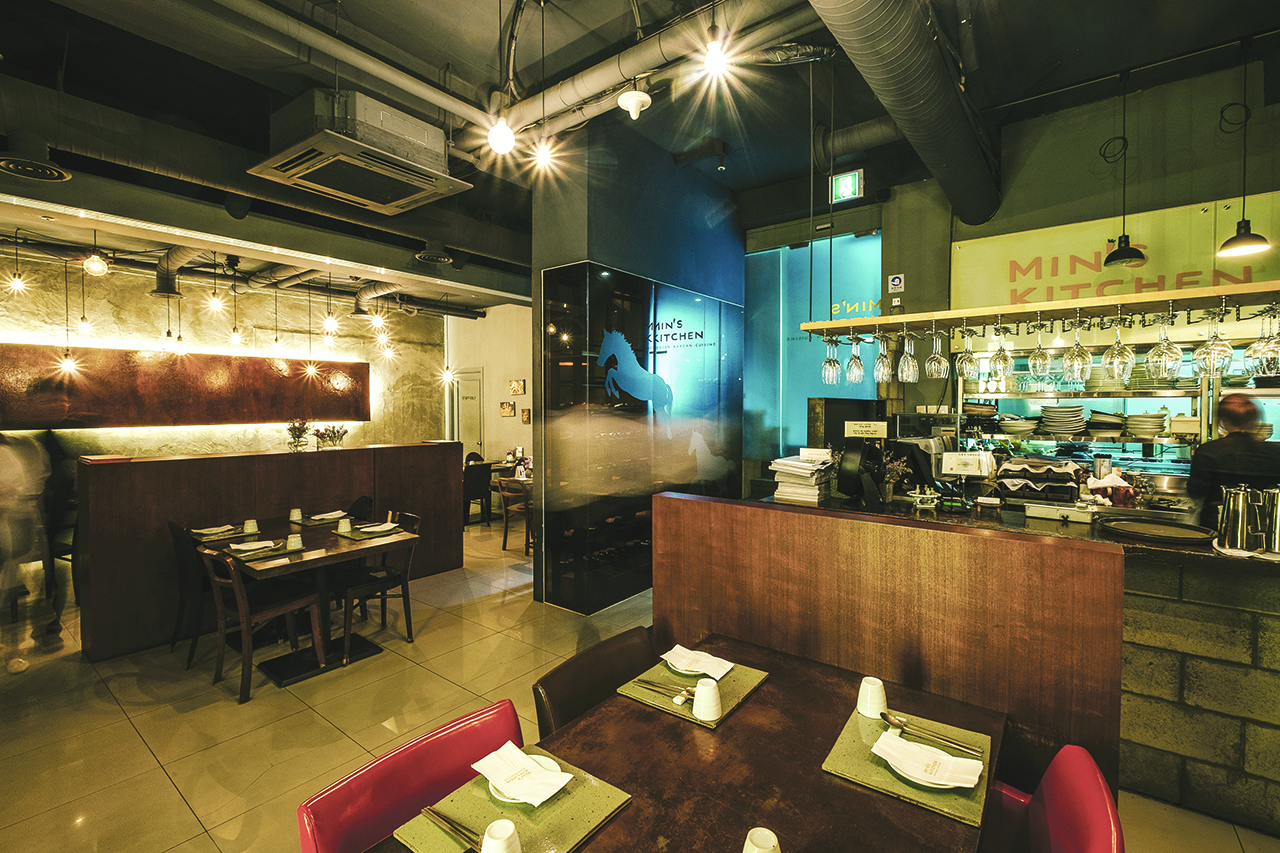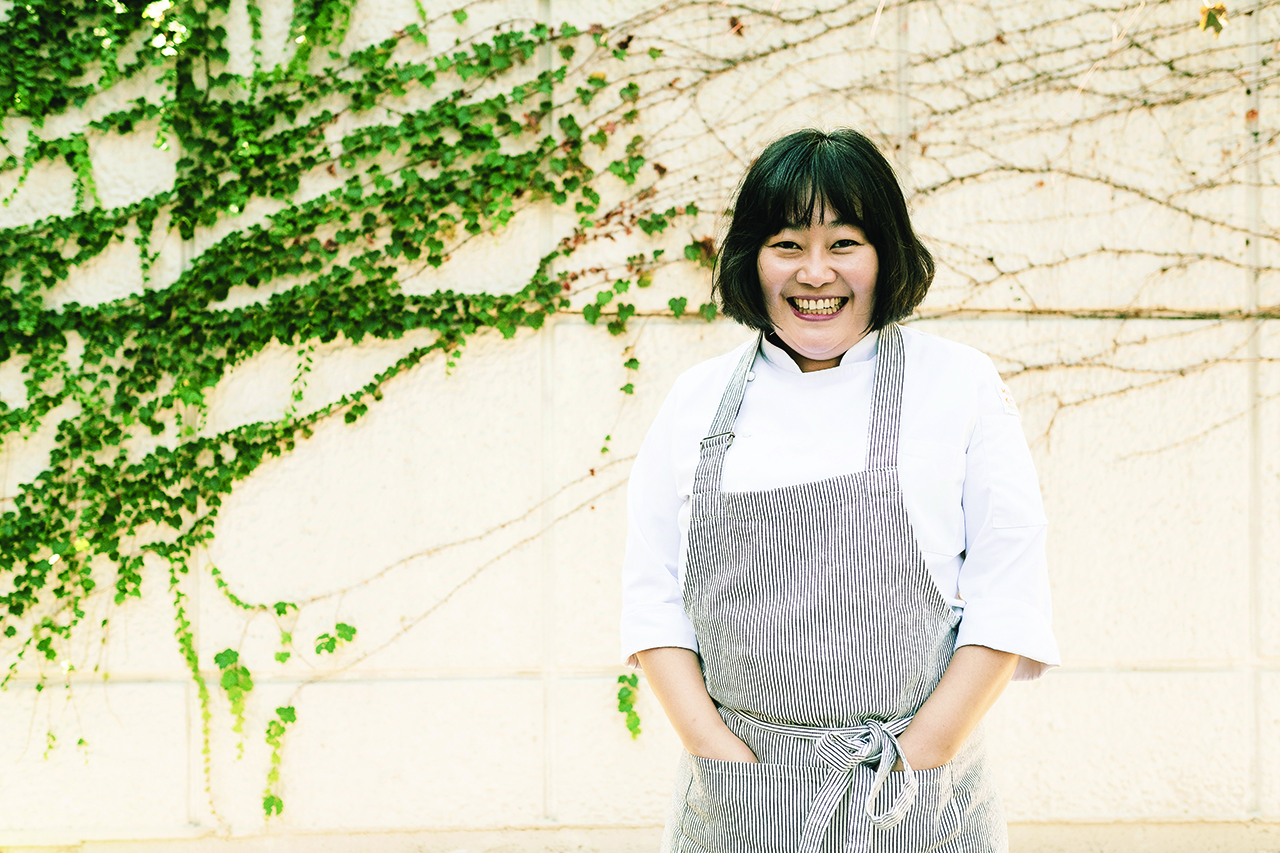Chef Minji Kim of Min’s Kitchen adds a modern touch to Korea’s seafood tradition
Few people in Korea are better positioned to expound the delights of dried pollack and stewed mackerel than Kim Minji. The soft-spoken chef has become one of the most successful interpreters of Korean cuisine for both domestic and international audiences, combining traditional Korean dishes with modern inspiration and plating at her restaurant, Min’s Kitchen.
Coming back to Korean food
Kim didn’t follow the traditional route on her journey as a chef. Having grown up in Daegu, her large extended family often ate together. Kim recalls, “I’ve always loved cooking from my early days. We had lots of people in our family, and so I had lots of chances to learn and cook.”
Becoming a chef wasn’t on her radar yet, however. Instead, she went to Europe to study music. As she lived and studied abroad, she found herself longing for the foods of her childhood and ways to share them with her new friends. When she returned to Korea, she embarked on a new career that let her share her love of Korean food, including a series of cookbooks, TV appearances and several restaurants specializing in modern Korean food.

The flavors of fish
Surrounded on three sides by water and fed by several major rivers, Korea’s population has depended on the ocean as much as the land to sustain its people.
“We have so many ways to eat fish. We’re surrounded by the sea and that means we’ve developed so many ways of cooking fish and creating diverse flavors – dried, spiced, grilled, stewed.” She elaborates, “Of course, fried fish is really common, but there’s also other methods like half-drying that create a really wonderful texture. You can ferment it. You can salt and preserve it, like jeotgal.”
Kim’s time in Europe sharpened her sense of the difference, both in types of fish preferred and their preparation, between Asia and common western dishes. “In Western cuisine, fish is usually served without its head or bones, and it often has a softer flavor than in Korean dishes. They just enjoy the flesh. In Korean food, it usually comes out whole, including the head. There’s a lot of diversity in fish dishes around the world, but Korean fish dishes tend to be spicier and more heavily seasoned. It’s especially delicious when you salt and dry fish partway, because it helps intensify the flavors and give it a really pleasant chewy texture.”
Kim Minji’s fried flatfish
This dish calls for ban geonjo gajami, or semi-dried flounder. Halibut, sole, plaice, dab or any other similar flatfish can be used. Look for the semi- or half-dried versions at your local fish vendor, traditional market, department store and large marts. The half-dried fish still has some of the moisture and tenderness of fresh fish, but takes on a more intense, almost buttery flavor. There’s no need to bone the fish – the frying process turns the bones crunchy and edible.

Ingredients
- 1 semi-dried flatfish
- 150 grams (1 cup) potato starch
- A mild-flavored cooking oil suitable for frying, such as soy, canola or grapeseed
- Salt and pepper
- 1 lemon, cut into wedges or slices
- Parsley (optional)
Make sure the flounder is clean, and remove the head. Cut the fish into wide strips, and toss each piece in the potato starch until well covered. Fry in oil for approximately ten minutes, until the outside is very crispy, turning occasionally. Remove from the oil, drain and season to taste with salt and pepper. Serve with lemon wedges and dress with chopped parsley. Chef Kim recommends serving the fish with white wine or a high-quality, higher-proof Korean liquor like Hwayo or Munbaesul.
MIN’S KITCHEN 민스키친
Sinsa-dong 신사동
B1, 651-4 Sinsa-dong, Gangnam-gu
02-544-1007
Written by Jennifer Flinn
Photographed by Dylan Goldby



